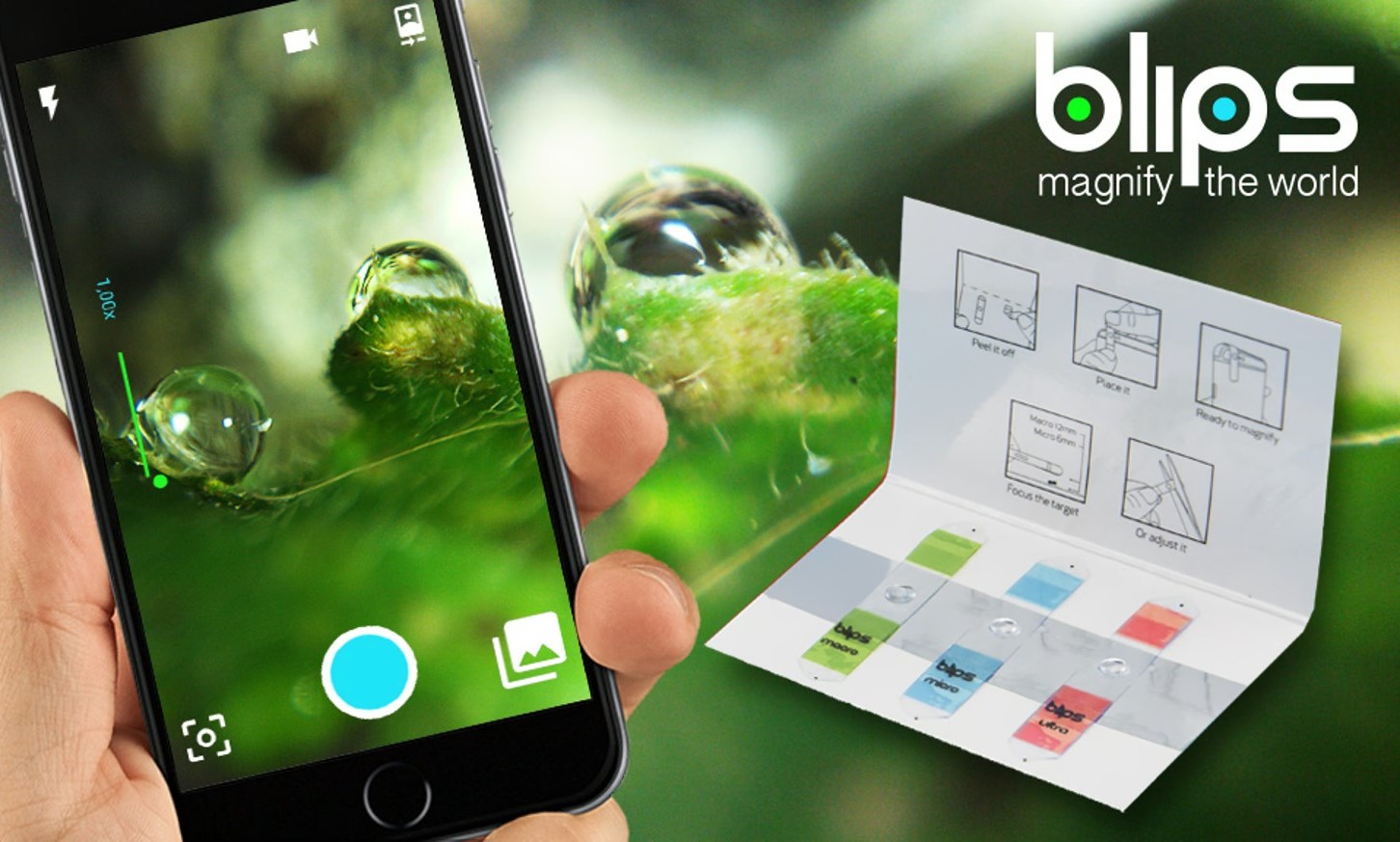
Blips—those tiny, fleeting moments that often go unnoticed. Ever wondered what makes them so intriguing? Blips are more than just brief interruptions; they can be signals, glitches, or even moments of clarity. Imagine catching a glimpse of something extraordinary in the blink of an eye. These little bursts of information can change the course of events, spark curiosity, or even alter our understanding of the world. From science and technology to everyday life, blips play a crucial role in shaping our experiences. Ready to dive into the world of blips and uncover some fascinating facts? Let's get started!
What Are Blips?
Blips are small, often unnoticed details or events that can have significant impacts. They might seem trivial at first glance, but their influence can be profound. Here are some fascinating facts about blips.
-
Blips in Radar Technology: The term "blip" originated from radar technology. When an object is detected by radar, it appears as a small dot or "blip" on the screen.
-
Blips in Pop Culture: In movies and TV shows, blips often represent sudden, unexpected events. For example, in "The Matrix," glitches in the system are referred to as blips.
-
Blips in Space Exploration: NASA scientists sometimes refer to unexplained signals or anomalies in space data as blips. These can lead to significant discoveries.
Blips in Everyday Life
Blips aren't just limited to technology or space. They appear in our daily lives in various forms, often unnoticed but impactful.
-
Traffic Blips: Sudden changes in traffic patterns, like a temporary stop or slowdown, are often called traffic blips. They can cause significant delays.
-
Economic Blips: Minor fluctuations in the stock market or economy are often referred to as blips. While they might seem insignificant, they can affect investments and financial decisions.
-
Health Blips: Small, temporary changes in health, like a sudden headache or a brief bout of dizziness, are often called health blips. They can be early indicators of larger issues.
Blips in Technology
Technology is full of blips, from minor glitches to significant breakthroughs. These small events can have a big impact on how we use and understand technology.
-
Software Blips: Minor bugs or glitches in software are often referred to as blips. They can cause temporary issues but are usually fixed quickly.
-
Internet Blips: Temporary disruptions in internet service, like a brief outage or slowdown, are often called internet blips. They can disrupt work and communication.
-
Device Blips: Small, temporary issues with electronic devices, like a phone freezing or a computer crashing, are often called device blips. They can be frustrating but are usually resolved quickly.
Historical Blips
Throughout history, there have been many blips—small events that had significant impacts on the course of history.
-
Political Blips: Minor political events, like a brief scandal or a sudden policy change, are often referred to as political blips. They can have lasting effects on governance and public opinion.
-
Scientific Blips: Small, unexpected discoveries in science, like the accidental discovery of penicillin, are often called scientific blips. They can lead to major advancements.
-
Cultural Blips: Minor events in culture, like a sudden trend or a brief fad, are often referred to as cultural blips. They can influence fashion, music, and lifestyle.
Blips in Nature
Nature is full of blips—small, often unnoticed events that can have significant impacts on the environment and ecosystems.
-
Weather Blips: Sudden, temporary changes in weather, like a brief storm or a sudden drop in temperature, are often called weather blips. They can affect daily activities and long-term climate patterns.
-
Animal Blips: Minor, unexpected changes in animal behavior, like a sudden migration or a brief population surge, are often referred to as animal blips. They can impact ecosystems and biodiversity.
-
Environmental Blips: Small, temporary changes in the environment, like a brief increase in pollution or a sudden drop in water levels, are often called environmental blips. They can have long-term effects on ecosystems and human health.
Blips in Communication
Communication is full of blips—small, often unnoticed events that can have significant impacts on how we interact and share information.
-
Conversation Blips: Minor interruptions or misunderstandings in conversation are often referred to as conversation blips. They can affect relationships and communication.
-
Media Blips: Small, temporary changes in media coverage, like a brief surge in interest in a particular topic, are often called media blips. They can influence public opinion and awareness.
-
Social Media Blips: Minor, temporary changes in social media activity, like a sudden increase in likes or a brief trend, are often referred to as social media blips. They can impact online presence and influence.
Blips in Sports
Sports are full of blips—small, often unnoticed events that can have significant impacts on games and athletes.
-
Game Blips: Minor, unexpected events in a game, like a sudden injury or a brief change in momentum, are often called game blips. They can affect the outcome of the game.
-
Athlete Blips: Small, temporary changes in an athlete's performance, like a brief slump or a sudden surge, are often referred to as athlete blips. They can impact careers and records.
Final Thoughts on Blips
Blips, those tiny bursts of information, pack a punch in our understanding of various topics. From their origins in radar technology to their modern-day applications in data visualization, blips have evolved significantly. They help us track everything from weather patterns to stock market trends, making complex data more digestible.
Understanding these small yet powerful signals can enhance our grasp of larger systems. Whether you're a tech enthusiast or just curious, knowing about blips adds another layer to your knowledge. They might seem insignificant at first glance, but their impact is far-reaching.
So next time you see a blip on a screen, remember there's a wealth of information behind that tiny dot. Keep exploring, stay curious, and let these little bursts of data guide you through the vast sea of information.
Was this page helpful?
Our commitment to delivering trustworthy and engaging content is at the heart of what we do. Each fact on our site is contributed by real users like you, bringing a wealth of diverse insights and information. To ensure the highest standards of accuracy and reliability, our dedicated editors meticulously review each submission. This process guarantees that the facts we share are not only fascinating but also credible. Trust in our commitment to quality and authenticity as you explore and learn with us.


